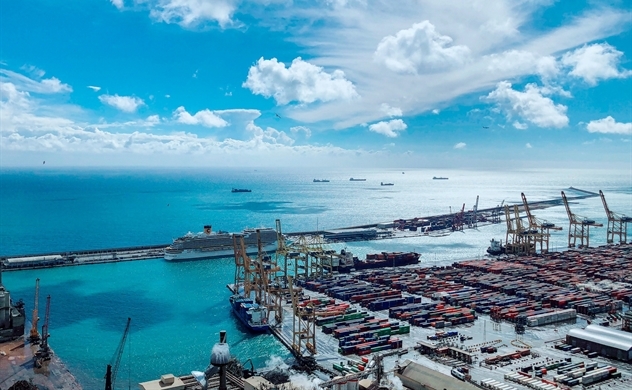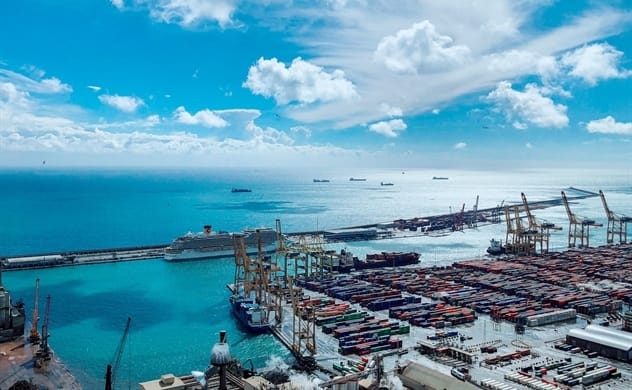
The project space is approximately 1,687ha, including both the logistics center and the downstream port of Cai Mep Ha. Photo: Dau Tu
According to local media on September 12, the agreement focuses on the southern Vietnamese port region, particularly the construction of the Cai Mep Ha logistics center.
“The establishment of the Cai Mep Ha logistics center represents not only a leap for Vietnam but for global logistics,” an SSA Marine source stated. “The vision is grand, and the potential is limitless.”
When completed, the complex would span over 2,200 hectares and serve as Vietnam’s top logistics hub. The venture, located in the gorgeous surroundings of Phuoc Hoa district in Phu My town, has a dual-focused blueprint: a cutting-edge logistics center paired with the strategically positioned Cai Mep Ha downstream port.
SSA Marine, the largest US-owned and privately held container terminal operator and cargo handling company in the world, handles 35 million container TEUs per year at its marine and rail terminals and also operates cruise, auto- and Ro/Ro logistics, and IT Solutions.
With 73 years of existence, the firm operates over 250 ports throughout the US, Canada, Panama, Mexico, Chile, Costa Rica, Colombia, Asia, and New Zealand.
This modified plan, according to the province’s Department of Transport and consultants, increases the total area from 1,763ha to nearly 2,204ha. The core project space is approximately 1,687ha, including both the logistics center and the downstream port of Cai Mep Ha.
Moreover, the water surface area has been reduced to about 202ha. In addition, land initially reserved for clean energy storage will be repurposed for logistics and port functions.
The strategic planning adjustment aims to extend the port to handle 250,000-ton ships. Logistics and port operations will be redefined on the 198 ha of land, together with possible water surface areas.
Gemadept and SSA Marine are the leading investors, although seven others are interested. Geleximco, ITC, and Besix-Boskalis-Hateco, a Vietnam-EU collaboration, are said to be involved.
Upon completion, this hub will optimize import and export transportation costs across road, sea, rail, and air transit nodes. It aims to receive, store, process raw materials, package, label, and distribute commodities for adjacent industrial zones, notably the CM-TV port cluster, Vung Tau Port, and the southeast coastal port region.
Source: VIR





